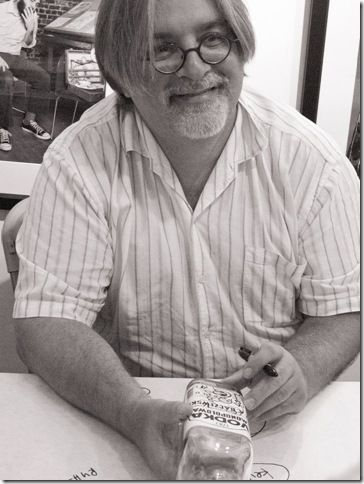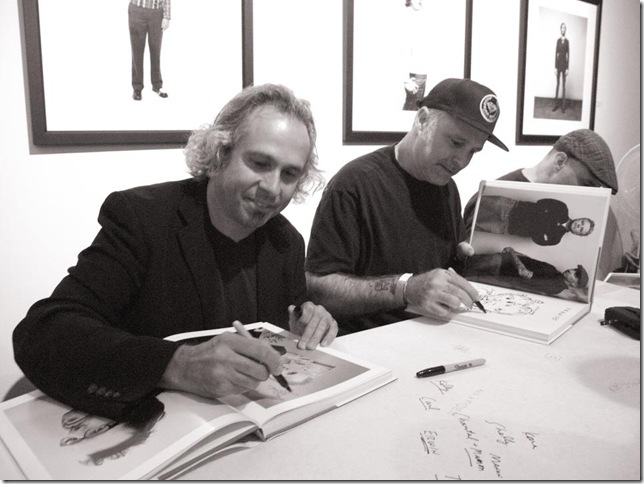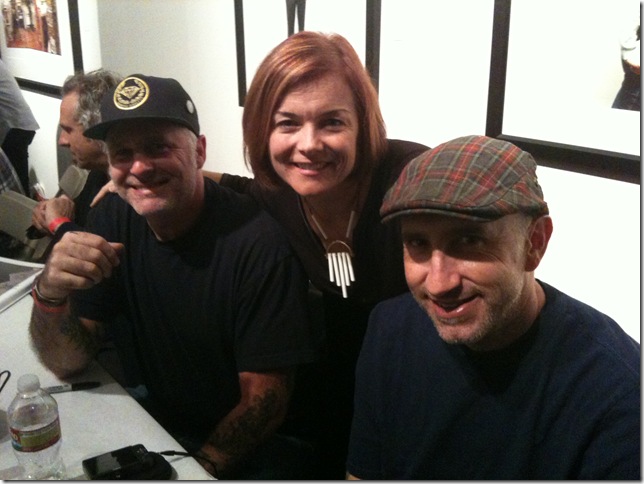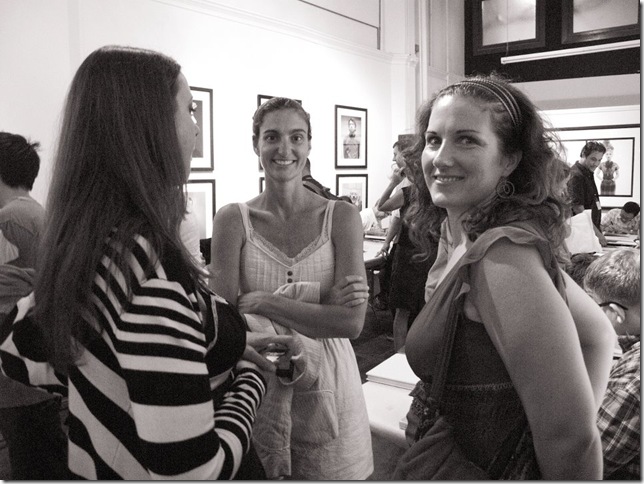I moved to Los Angeles a year-and-a-half ago with great hope: for new perspective and new love. After 40 years in South Florida, the new perspective has been great. And the love is still mine, even if the man isn’t. And hope: it springs eternal, right?
Back home, I was a hard-working and hard-partying South Florida writer, performer, event producer and educator. Since I’ve been in Cali, I’ve given up both the hard work and the partying. In my move west, I actually took a turn toward the East. Instead of my usual hustle as I juggle several jobs, I took some time off and took up yoga and meditation. I learned methods to still the striving ego and to silence the drill sergeant in my head.
Ten years ago, I met Kara Walker Tomé. A transplant from Los Angeles, she’d landed a job as the education director for the Palm Beach Institute of Contemporary Art and hired me to lead poetry events in conjunction with museum exhibits. Over the years, I wrote about the art installations she curated – group shows in alternative spaces such as Showtel – and she read my columns and attended my shows. As we cheered each other on, we became close friends.
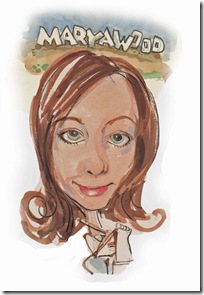 Kara moved back to L.A. a couple months ago. From opposite ends of the county – she from Burbank, and I from Long Beach – we met the other night at the MoCA in downtown L.A., our first stop in an outing that will culminate in the Heroes and Villains: Los Angeles Painters, Street Artists, and Graphic Novelists book-signing event, which like most events is really about networking.
Kara moved back to L.A. a couple months ago. From opposite ends of the county – she from Burbank, and I from Long Beach – we met the other night at the MoCA in downtown L.A., our first stop in an outing that will culminate in the Heroes and Villains: Los Angeles Painters, Street Artists, and Graphic Novelists book-signing event, which like most events is really about networking.
In L.A., Kara and I are both in a bit of an identity crisis. Back in Florida, we were somebodies. Here, we are nobodies. When people ask us what we do, we can only tell them what we’ve done. And we agree: no one here gives a crap what we did back in Florida. At least Kara can say she’s the L.A. contributor for the Art Economist. I’ve got diddly. I’ve spent a whole lot of time in Cali working on being rather than doing; the yoga-based self-help book I’ve been working on sounds more like a fantasy than a project – it’s barely out of the research phase.
We’re both stoked about tonight. We feel power in our unity, and we’ve got a lead thanks to a bit of synchronicity at a gallery opening I’d attended a few weeks earlier:
I’d been introduced to a friend-of-a-friend-of-a-friend. We did a lot of chatting. I knew the guy had to be “somebody”; he moved through the room with the confidence, he had a young, leggy blonde on his arm, and artists kept approaching him to make obsequious small talk. I enjoyed watching people orbit him while I looked for clues to his identity. Shortly before I left, I learned (my friend finally asked) that this was Peter Frank, one of the top art writers and editors in Los Angeles, and as I was saying goodbye, he offered me his card.
Frank and I exchanged some emails, but since I’d been cultivating detachment and humility through my yoga practice, I’ve lacked the East Coast aggressiveness that had made me successful in Florida. And since I’d been working on living from the authentic self, I hadn’t adopted that West Coast relentless sycophancy that might have helped me close a deal.
This evening, Kara and I breeze through the MoCA exhibits with our minds still focused forward. We stop briefly in front of the Andy Warhol Campbell’s soup cans. I’m cold as vichyssoise (not a Campbell’s flavor), though Kara tries to warm me to their significance.
“It’s the first time all 32 soup can paintings are all being displayed together since their first showing in the ’60s.”
“Cool,” is all I can muster.
I’ve got other things on my mind. Like, should I have cuffed my jeans to show off my red Fluevog boots that I bought on Melrose? I mean, the oval buckles rising to the scallops of gathered suede at the ankle are being hidden beneath the hems of my jeans. Or will cuffs above the ankle break up the long line of my legs? Or, worse, make me look like I’m trying too hard?
My desperation for an identity – in this case, one afforded by appearance and, potentially, a job – has currently trumped all that work I’ve done intentionally “letting go of self” on the yoga mat and meditation cushion.
I cuff one leg and consult Kara for fashion advice.
“Definitely, up,” she says.
On foot, Kara takes me on the scenic route to our destination. We head down Grand, take the shortcut through the historic Biltmore hotel, cut the corner of Pershing Square, and then trek another half-mile down Sixth Street. We walk East Coast-fast in an area that’s a crazy mash-up of hip and dodgy. I’m doing that deep breathing thing I’ve learned as we walk, calming my nervous system and slowing my thoughts. But the old me and the new me are colliding.
“We’re nobodies, but we’re L.A. nobodies,” I think, laughing at that old, dark humor as it takes a swipe at everything that’s sacred – me, my friend, my South Florida home.
At the Sixth Street storefront where Heroes & Villains is hosted, there’s a red velvet rope and tall, muscled bouncers at one door. It’s more than a mere book signing. It’s a happening, part exhibit, part chance-in-a-lifetime: 30 high profile low-brow artists such as The Simpsons’ Matt Groening are here to sign and illustrate the books. Frank has said he’ll be late, and it’s still early-ish.
Good news is there’s a lot to look it. Even a small press (Zero+ Publishing) knows to show up big here. Large, framed portraits from the book line the walls of two rooms as a preview of what’s inside. A wall of proofs offer an opportunity to better understand the photographers’ aesthetics while a wall-sized mock-up of the book provides an another op: people have swiped the most coveted images and left only a tack and a blank space to attest their awesomeness.
that they believe “surveys some of the most intriguing personalities in today’s art, street and pop culture movements.”
For $65, the H&V book will be a collector’s item that will increase in value when autographed by the artists, but I just blew $300 on these boots and have been cracking the nervous joke that at least when I’m homeless, I’ll look fabulous.
“You should buy it,” I say to Kara. “You can write it off.”
Kara’s purchase gets us past the velvet rope into the room where the artists are sitting at paper-covered tables, some of which the artists have illustrated while they waited for people to be fashionably late. Shepherd Fairey is a no-show. But Groening’s here and so is Baseman.
As the night progresses, the crowd increases, and I eventually drop back and let Kara do her thing. The legitimate paying customers barely have space to stand as they have their books signed. Besides, I feel like I’m blowing off my other friends, who are also book-less. The gentle acceptance of these friends is more comfortable than my desperation to break into a new scene. When I see Frank, I feel torn. Ditching friends to network with Movers and Shakers seems shallow, and that’s not the “me” I am trying to cultivate. Anyway, Frank is being kept busy with photo ops, and I don’t see an opening.
Across the room, Kara is beaming as the Clayton Brothers sign her book –she’s also got their limited-edition skateboard offered by Juxtapose magazine, which, she tells me later, is where many of these artists got their first significant exposure. By the time Kara finishes making the rounds, I don’t see Frank anywhere, but I’m banking on the power of the after-party. When we head out to what we’re told (or maybe we assumed) was where the action was headed – the legendary Redwood bar – only five of us show (or maybe we’re just too early).
Kara and my yoga friends are enjoying their pints of beer. I’m trying to quench my thirst with a club soda and lime, and it works on the body, not on my spirit. “It’s hard to be a has-been,” I say. I won’t even let her commiserate. “At least, you have your family and your Art Economist gig.”
I won’t learn for another couple weeks that the Eastern philosophy I’m embracing developed in a collective culture that places little value on the individual, so its people have few choices. No wonder I’m in conflict. I’ve been learning to detach from what I think of as “me”: my habits, strengths, weaknesses, thoughts, preferences, feelings, and style (or lack thereof). But here in Los Angeles, I’m an individual – a single woman – with no collective and too many choices. I need an identity to function.
I try to blame the pressure of the art scene. I try to blame myself for not trying harder. But really, starting over is just hard. Being alone in a new place is hard. Having something I want to offer and no outlet for it: hard.
Knowing when the ego is a hero and when it’s a villain — it’s all just hard.
This is the first in a series of dispatches from Los Angeles by Marya Summers, a veteran South Florida culture and arts writer. She can be reached at www.maryasummers.com.

